Key Features to Look for in Powder Pouch Packing Equipment
Powder pouch packing equipment is essential for packaging powdered products in convenient and efficient sachets. Choosing the right equipment can significantly impact production line efficiency, product quality, and overall profitability. Here are the key features to consider when evaluating powder pouch packing equipment:
Speed and Efficiency
Output Rate: Determine the desired production capacity in terms of pouches per minute. High output rates are crucial for meeting high-volume demands.
Cycle Time: The time taken for a single pouch to be filled, sealed, and ejected. Shorter cycle times increase efficiency and throughput.
Automation: Consider the level of automation required. Fully automated equipment can minimize manual intervention, reducing labor costs and human error.
Precision and Accuracy
Fill Accuracy: Ensure the equipment can consistently fill pouches with the desired weight or volume of powder. Precise filling minimizes product waste and ensures product consistency.
Sealing Quality: The sealing system should create airtight and leak-proof seals to preserve product freshness and prevent contamination.
Material Compatibility: Verify that the equipment is compatible with the type of powder and pouch material being used. This ensures proper filling and sealing.
Safety and Compliance
GMP Compliance: Choose equipment that meets Good Manufacturing Practices (GMP) standards to ensure product safety and quality.
Operator Safety: Consider features that minimize operator risk, such as emergency stop buttons and automatic shutdown upon failures.
Hygienic Design: Look for equipment with easy-to-clean surfaces and sanitary construction to prevent contamination.
Versatility and Flexibility
Multi-Product Handling: Determine if the equipment can handle multiple types of powders. This versatility allows for greater production flexibility and reduces downtime for product changeovers.
Pouch Size and Style Flexibility: Consider the range of pouch sizes and styles that the equipment can accommodate. This adaptability meets diverse packaging needs.
Adjustable Fill Weight: The equipment should allow for easy adjustment of fill weight to accommodate different product requirements.
Maintenance and Serviceability
Easy Access: Ensure the equipment has easy access for cleaning, maintenance, and repairs.
Spare Parts Availability: Verify that replacement parts are readily available to minimize downtime in case of equipment malfunction.
Technical Support: Look for equipment suppliers that provide comprehensive technical support and documentation.
Other Considerations
Footprint and Space Requirements: Consider the space constraints in your production area. Compact equipment can fit into smaller spaces.
Power and Utility Requirements: Ensure the equipment meets the power and utility requirements of your facility.
Cost and ROI: Evaluate the equipment’s purchase price, maintenance costs, and potential return on investment (ROI).
-
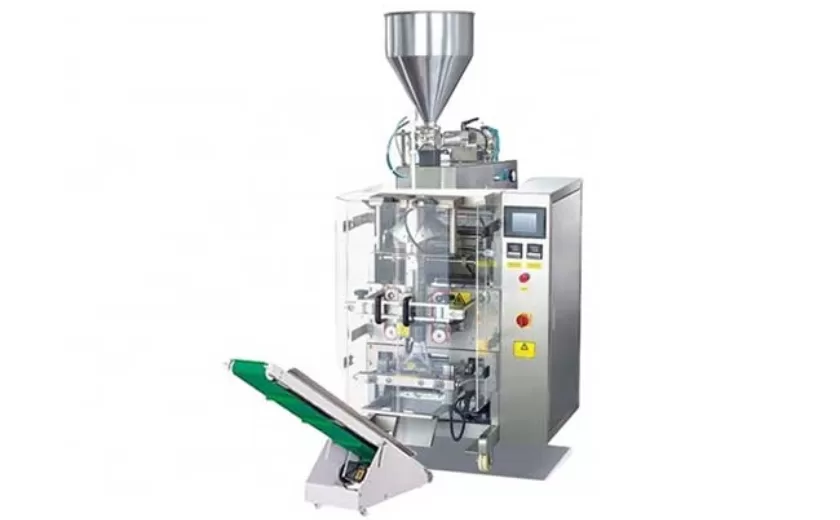
Advanced Packing Solutions: Snacks, Sugar, and Frozen Food Machines
29-10-2025 -
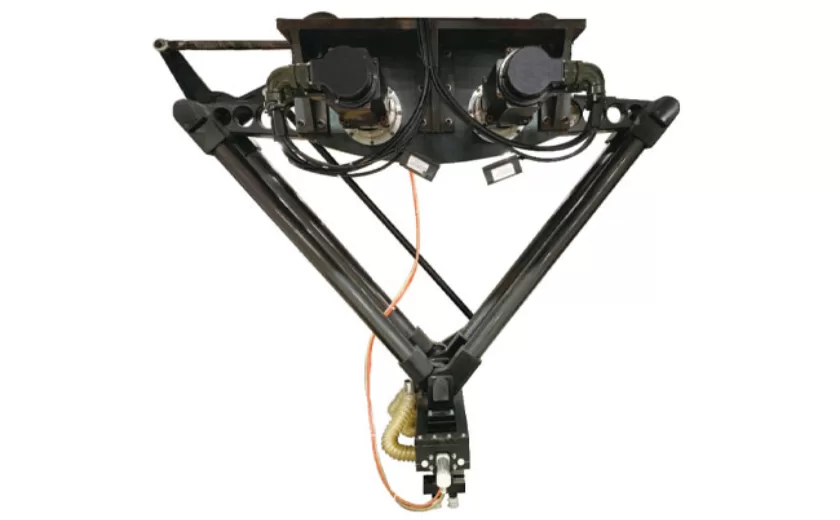
Efficient and Reliable Solutions for Salt, Nuts, and Frozen Dumplings Packing
29-10-2025 -
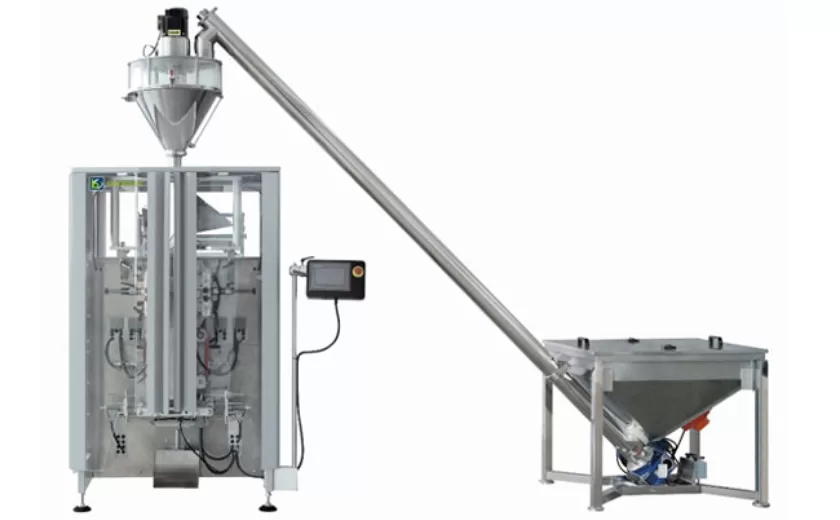
High-Performance Biscuits, Lollipop, and Ketchup Packing Machines for Modern Food Production
29-10-2025 -

Efficient Liquid Filling and Packing Machines for Modern Production
23-10-2025 -
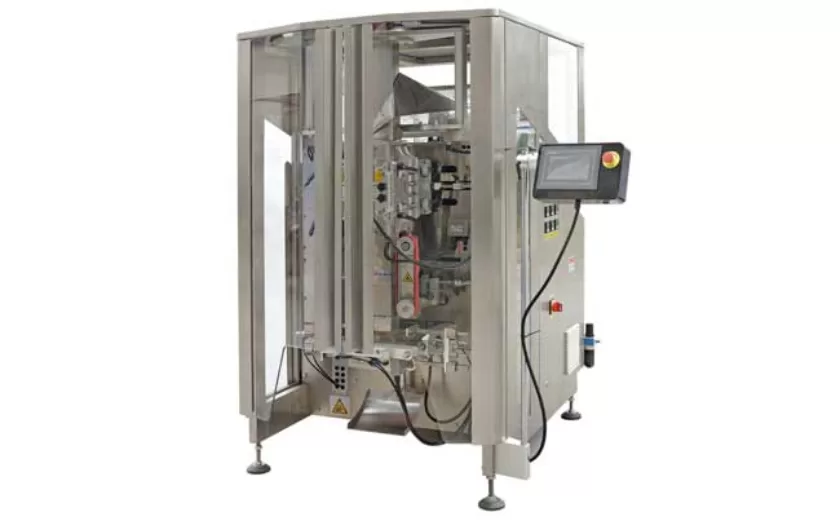
Reliable Granule Packaging Machines for Efficient Production
23-10-2025 -

Efficient Auger Powder Filling Machines for Accurate Packaging
23-10-2025 -

High-Performance Liquid Filling and Packing Machines for Hygienic Production
10-10-2025 -

High-Efficiency Granule Packaging Machines for Precision and Speed
10-10-2025 -

High-Precision Auger Type Powder Filling Machines for Efficient Packaging
10-10-2025 -
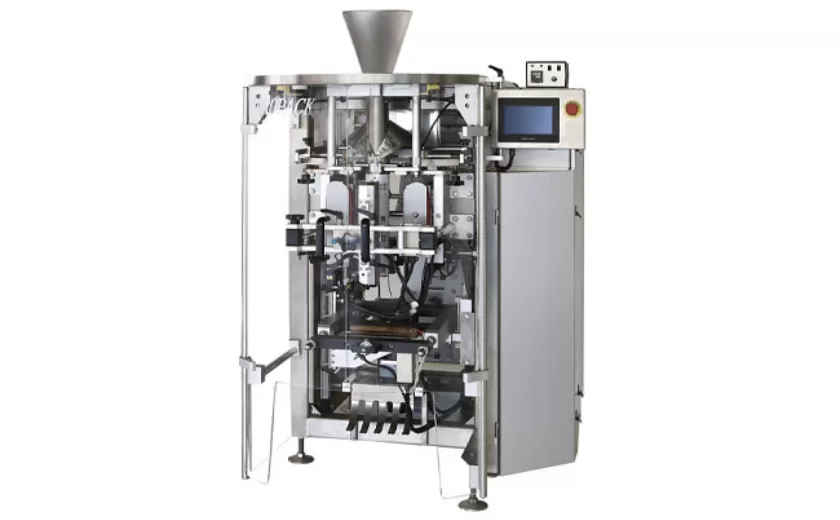
Efficient Vertical Form Fill Seal Packaging Machines for Smart Production
10-10-2025





